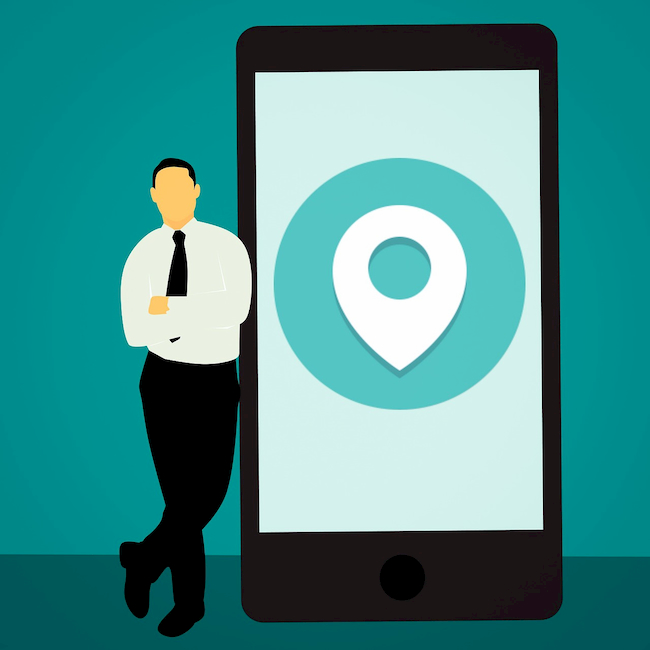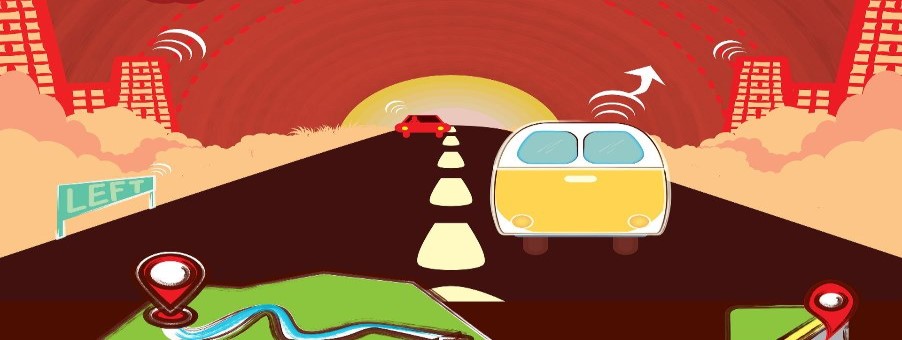One of the rising technologies that will define the retail industry in this new decade is location-based services. A few years ago, many retailers may have been anxious about embracing this step forward, but it’s now clear that they are grasping the advantages. Brick and mortar retailers are willing to incorporate new technology into their service offerings to make their in-store experience more attractive. 3.5 billion people, almost half of the world’s population, own a smartphone, so location-based services can provide amazing new shopping experiences to many.
Here are several ways that retailers are utilising the technology:-
Bluetooth Beacon Technology and Proximity Marketing
Beacons are increasingly being adopted by retailers and it is likely that 500 million beacons could be deployed in 2021 alone. These are small devices capable of broadcasting continuous signals to Bluetooth and Wi-Fi enabled devices. When devices are in range, retailers can engage in proximity marketing, sending customers messages, discounts and special offers via a push notification as they pass by.
The use of beacons offers the chance for retailers to improve their customer experience. For example, imagine it’s a busy Saturday afternoon in a clothes shop and the queues are long. Shoppers are becoming impatient, but then their phone pings and a notification alerts them to an offer of a free coffee, to be claimed in the in-house coffeeshop. It’s both an apology for the wait and a thank you for their loyal custom.
Beacons can cement the relationship between consumer and retailer. They can be useful to the customer, understanding their wants and needs, without overwhelming them with too much information. Integrating an individual’s data enables retailers to interact with customers in a seamless manner across their personal shopping journey, rather than across a retailer’s channel.
Wayfinding
Wayfinding is another use of beacon technology that can benefit retailers. GPS technology doesn’t work inside due to a lack of satellite connectivity, but beacons do by sending smartphone users signals that power digital maps. This allows customers to navigate their way through large stores and shopping centres. The technology can even go as far as showing customers the locations of specific products. There are a couple of advantages to this. For the retailer, it frees up time for shop floor staff who can concentrate on serving customers and replenishing stock. For the customer, it empowers them. They don’t need to ask a member of staff where a specific shop, aisle or product is. They’ll already have the answer in the palm of their hand.

Image by mohamed Hassan from Pixabay
Asset Tracking
This is another way where wayfinding could be useful to the retail industry. For example, by installing Bluetooth-enabled property tags in items such as trolleys. It would also be possible to install tags in individual products which would provide many advantages. It would improve stock control processes, allow staff to find items quickly and prevent the human error of manual audits. Retailers would know with 100% certainty when assets move, go missing or suffer damage.
Rivalling E-Commerce
As location-based services become more accurate, they will allow brick and mortar stores to more closely reflect the online experience. In a similar way to how online retailers highlight additional products to customers based on previous purchases, physical retailers could allow consumers to scan items using their smartphone and have accessories and similar items suggested to them while they are in-store.
By incorporating location-based services into their service offerings, retailers can offer their customers the best of both worlds: the convenience and innovation of online shopping, with the addition of the personal service that physical stores provide.

Photo by Andrea Piacquadio from Pexels
RMS is the UK’s leading merchandising company and uses location-based services in the delivery of its merchandising projects for major retailers across the UK and Ireland. Find out more.
